The planet is changing in ways that are often invisible to our daily lives, yet demand our attention. Many of these shifts are subtle, happening on scales or in places we don’t usually look. But just because you can’t see them doesn’t mean they’re not worth worrying about. Here are 13 environmental changes that deserve your concern, along with why they matter and what you can do about them.
1. Microplastics Are Invading the Oceans
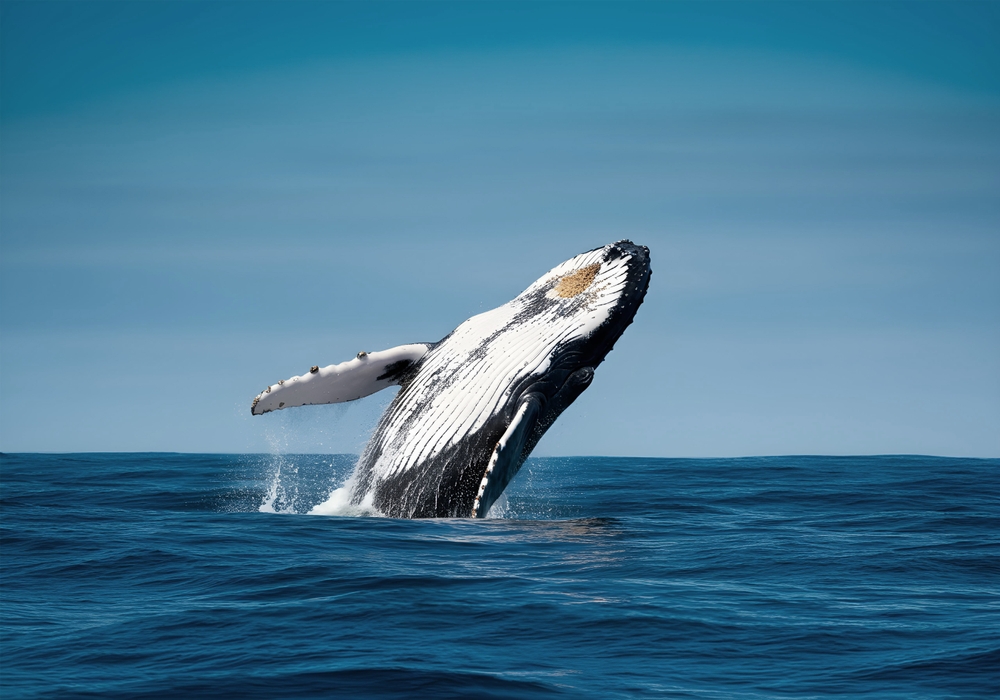
Microplastics are becoming a persistent problem in our oceans, and you might be surprised at just how omnipresent they are. These tiny plastic particles result from the breakdown of larger plastic debris and are now found in nearly every corner of the world’s seas. Although you can’t see them with the naked eye, microplastics are ingested by marine life, entering the food chain and potentially impacting human health. This hidden threat underscores the importance of reducing plastic waste and supporting sustainable packaging solutions.
A study published in the journal Nature highlights the alarming rate at which microplastics accumulate in the ocean. Researchers estimate that by 2050, the oceans could contain more plastic by weight than fish if current trends continue. This prediction alone should motivate us to rethink our consumption habits. The good news is that individual actions, like reducing single-use plastics, can collectively make a significant difference.
2. Soil Degradation Is Becoming a Crisis

While you may not notice it day to day, soil degradation is a quiet crisis undermining the foundation of our ecosystems. This process involves the decline of soil’s physical, chemical, and biological properties, making it less productive for plants. Due to practices like deforestation, overgrazing, and improper agricultural methods, fertile soil is being lost at an alarming rate. This not only threatens food security but also reduces the land’s ability to store carbon, exacerbating climate change.
Conserving soil is crucial, and there are practical ways you can contribute. Supporting sustainable farming practices and choosing products from companies that prioritize soil health are good starts. Encouraging urban gardening and composting can also help replenish soil nutrients locally. Understanding soil’s role in the ecosystem is essential to appreciating why its degradation needs urgent attention.
3. Bees and Butterflies Are Pollinators

Pollinators like bees and butterflies might not be top of mind, but their decline is a serious issue. These small creatures play a vital role in the ecosystem by facilitating the reproduction of about 75% of the world’s flowering plants. Their dwindling numbers, caused by factors such as pesticide use, habitat loss, and climate change, pose a threat to global agriculture and biodiversity. Without pollinators, many of the foods you enjoy, from fruits to nuts, could become scarce and expensive.
According to a report by the Intergovernmental Science-Policy Platform on Biodiversity and Ecosystem Services (IPBES), nearly 40% of pollinator species are facing extinction globally. This stark statistic emphasizes the urgency of protecting pollinators. Planting native flowers and advocating for reduced pesticide use can make a real impact. Awareness and personal action can help reverse this troubling trend.
4. Acidification Is Poisoning Our Oceans
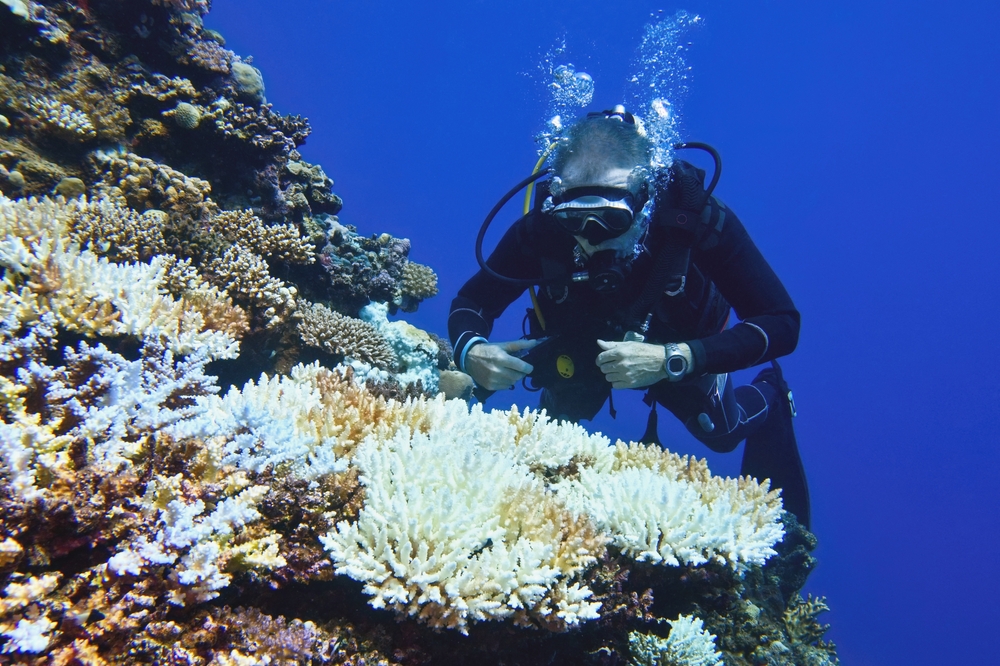
Ocean acidification, often dubbed the “other CO2 problem,” is a change in ocean chemistry that you can’t see but should worry about. As oceans absorb more carbon dioxide from the atmosphere, their pH decreases, making them more acidic. This shift affects marine life, particularly organisms with calcium carbonate shells or skeletons, like coral reefs, which are crucial to ocean biodiversity. The loss of these ecosystems not only impacts marine species but also the human communities that rely on them for food and tourism.
Understanding the broad effects of ocean acidification can be sobering. It can disrupt food webs, leading to a cascade of changes in ocean biodiversity. Reducing fossil fuel consumption and supporting renewable energy can help mitigate the CO2 emissions driving this phenomenon. By reducing our carbon footprint, we help preserve ocean health.
5. Thawing Permafrost Is Releasing Methane

As global temperatures rise, permafrost in the Arctic regions is thawing, releasing methane, a potent greenhouse gas. Methane traps heat in the atmosphere more effectively than carbon dioxide, contributing significantly to global warming. While you might not see this process unfolding, its effects could be catastrophic, accelerating climate change beyond current predictions. The release of methane from permafrost is a ticking time bomb that could dramatically alter our climate trajectory.
A study in Nature Climate Change warns of the potential for significant methane emissions from thawing permafrost, underscoring the importance of limiting warming. This underscores the urgent need for climate action, focusing on reducing emissions and investing in technologies that capture greenhouse gases. By advocating for policies that address climate change, you contribute to global efforts to mitigate this hidden threat. Awareness and proactive measures can help curb the impact of permafrost methane release.
6. Biodiversity Loss Is Also a Crisis
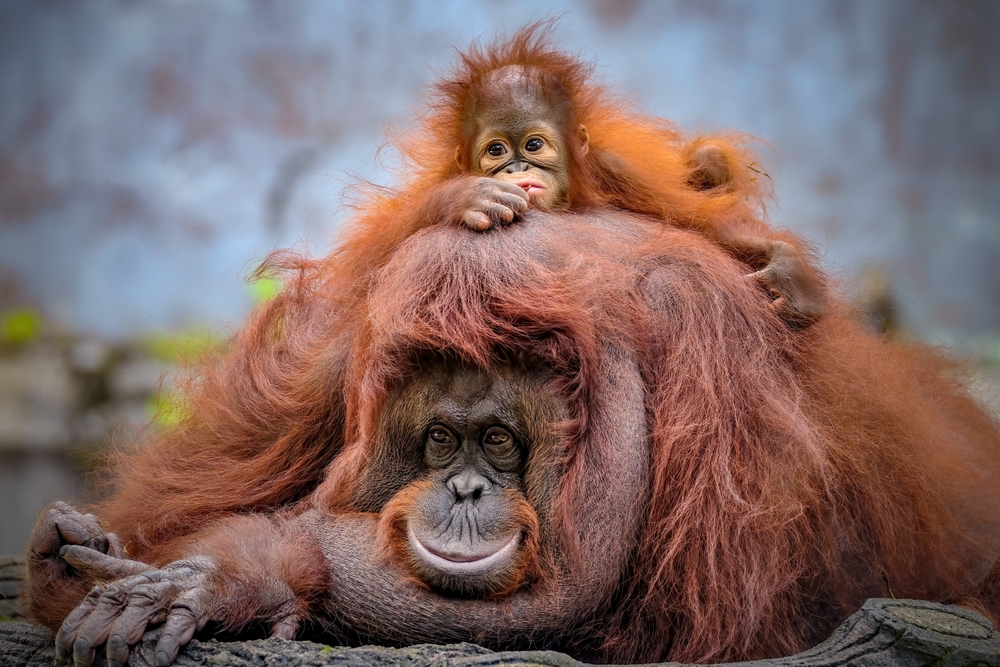
The loss of biodiversity is a silent crisis you might not notice until its effects become irreversible. Human activities, such as deforestation and pollution, are driving many species to extinction. Biodiversity is crucial for ecosystem health, providing resilience against disease and maintaining vital processes such as pollination and nutrient cycling. The disappearance of species can disrupt these systems, leading to unforeseen consequences for human life and the planet’s health.
Preserving biodiversity means protecting the intricate web of life that sustains us. Supporting conservation efforts and choosing sustainable products are actions you can take to help. Advocating for policies that prioritize habitat protection is also essential. By appreciating the role biodiversity plays, you can contribute to efforts that maintain the planet’s natural balance.
7. Freshwater Resources Are Dwindling Fast
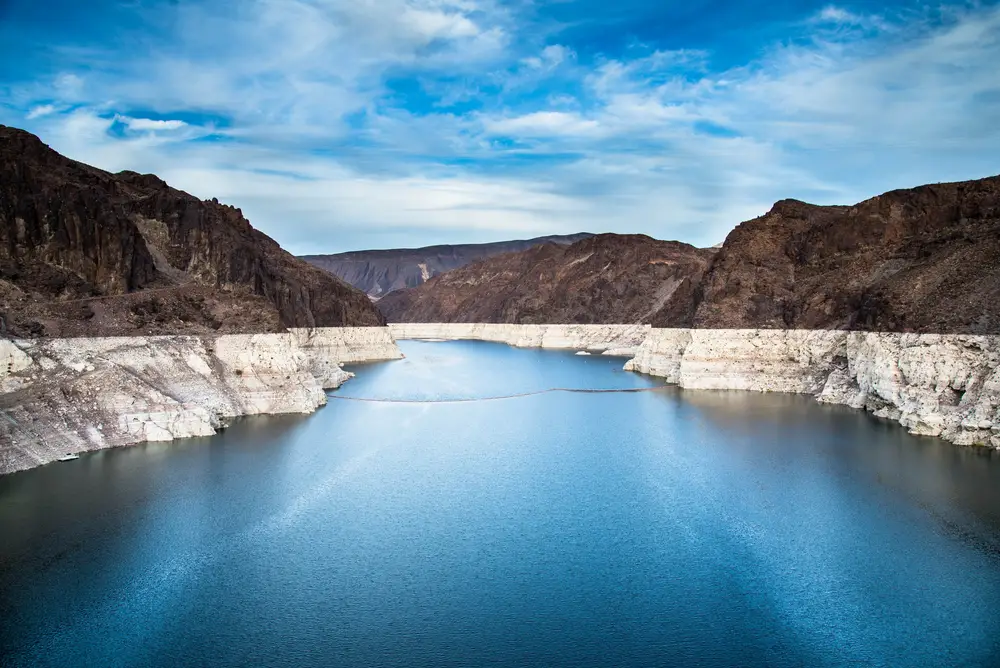
Freshwater resources are dwindling, a concern that may not be visible until water restrictions become part of your daily routine. Factors such as climate change, over-extraction, and pollution are contributing to the scarcity of clean, accessible water. This not only affects drinking water supplies but also agriculture, sanitation, and industry. Ensuring sustainable water management is crucial to preventing future crises.
The World Wildlife Fund reports that two-thirds of the global population could face water shortages by 2025. This potential scenario highlights the pressing need for water conservation and smart management practices. Simple actions like reducing personal water use and supporting water-efficient technologies can make a difference. Raising awareness about the importance of preserving this vital resource is a critical step toward ensuring its availability for future generations.
8. Deforestation Is Altering Our Climate
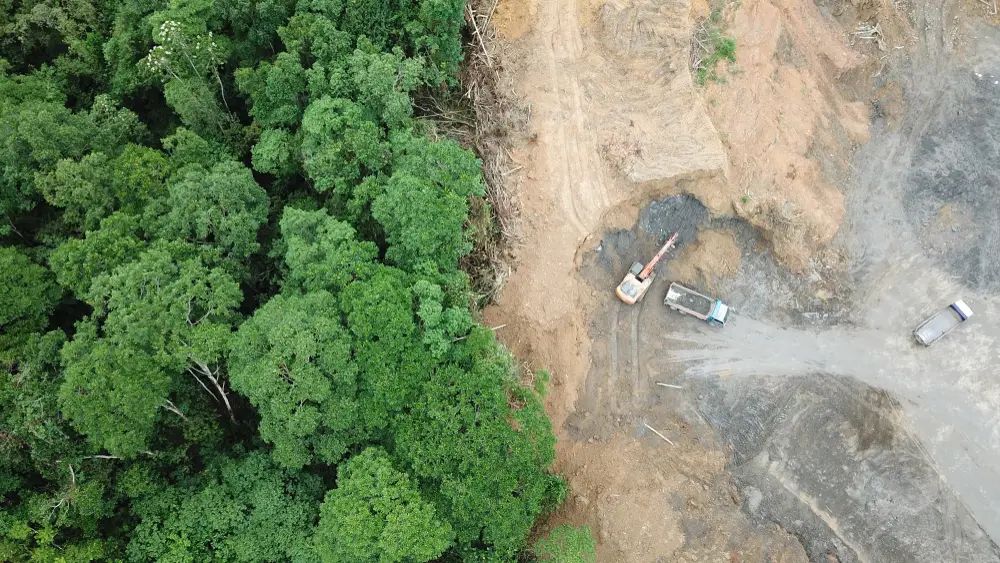
Deforestation is happening at an alarming rate, and its effects might not be immediately visible, but they’re profoundly impactful. Forests act as carbon sinks, absorbing CO2 from the atmosphere, and their destruction releases this carbon back, exacerbating climate change. Forest loss also threatens biodiversity and disrupts water cycles, influencing weather patterns globally. The ripple effects of deforestation can alter climates far beyond the immediate area of tree removal.
Understanding the connection between deforestation and climate change is essential. Supporting reforestation projects and choosing products that don’t contribute to forest destruction are steps you can take. Advocating for policies that protect forested areas can help preserve these vital ecosystems. Recognizing the importance of forests and taking action can contribute to a more stable climate.
9. Arctic Ice Is Melting Fast
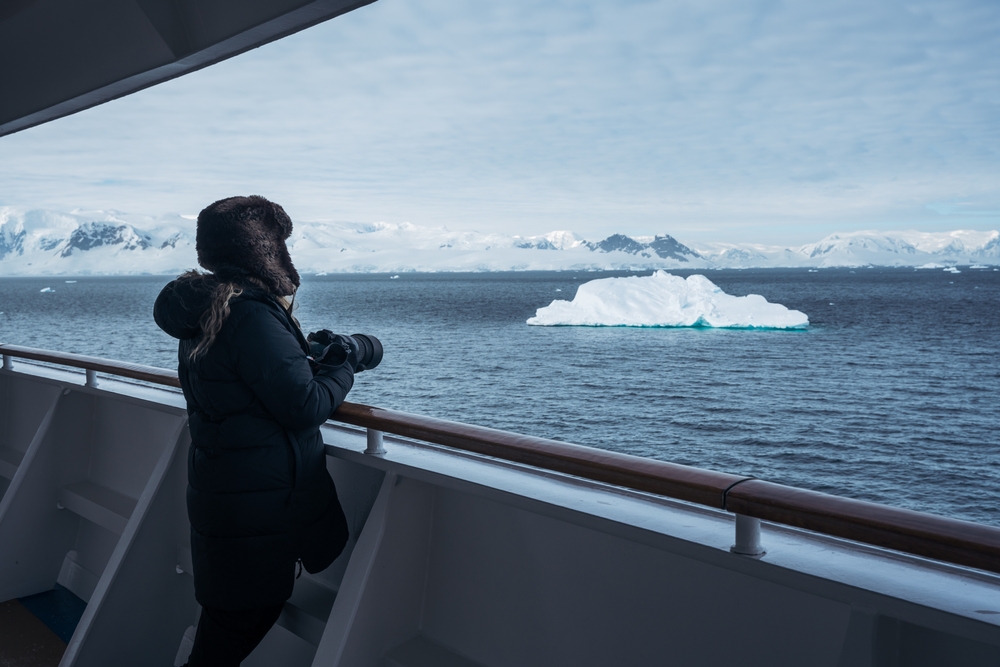
The Arctic ice is melting faster than you might realize, impacting global weather patterns and wildlife. As ice sheets shrink, sea levels rise, threatening coastal communities and ecosystems. The loss of ice also reduces the Earth’s ability to reflect solar energy, accelerating global warming. While this transformation occurs far from view, its consequences are felt worldwide.
Raising awareness about the significance of Arctic ice is crucial to driving climate action. Supporting initiatives that reduce carbon emissions can help slow this trend. Understanding the interconnectedness of global systems highlights the importance of protecting the Arctic. By valuing this distant yet vital region, you contribute to efforts that preserve its integrity.
10. Ocean Dead Zones Have Become A Thing

Ocean dead zones are expanding, and you might not see them, but they signal a severe environmental problem. These zones have low oxygen levels, driven by nutrient pollution from agriculture and wastewater. Marine life struggles to survive in these areas, leading to a loss of biodiversity and affecting fisheries. The growth of dead zones is a clear indicator of the impact of human activity on ocean health.
Addressing the causes of ocean dead zones requires a concerted effort. Supporting sustainable farming and reducing nutrient runoff are ways you can help. Advocating for better waste management practices and policies is also crucial. Recognizing the critical state of ocean systems can inspire actions that improve water quality and marine habitats.
11. Coral Reef Bleaching Is Killing Marine Life
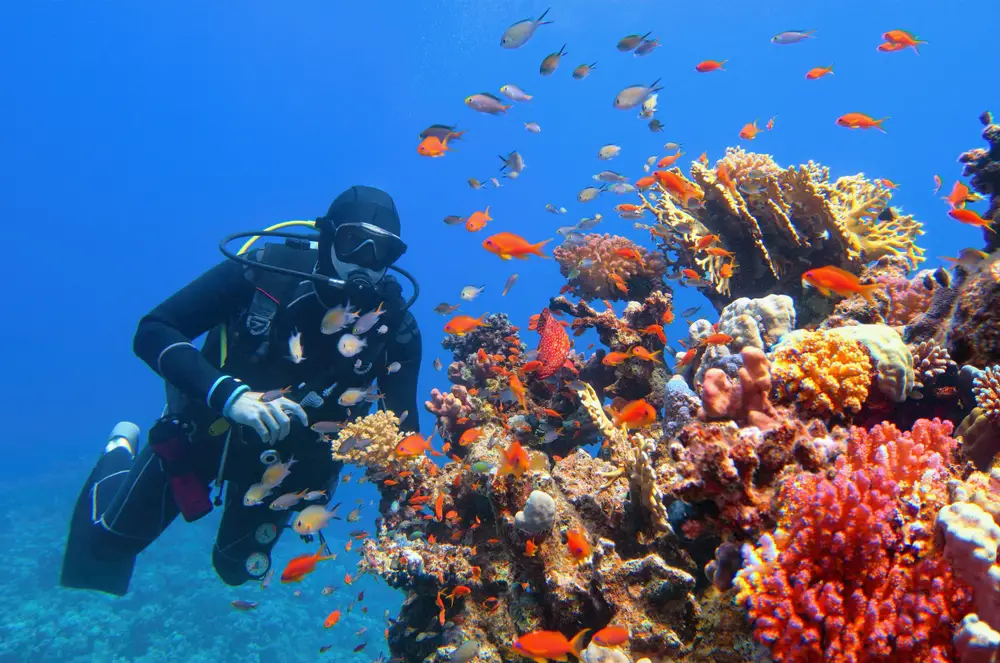
Coral reef bleaching is a visible yet often overlooked consequence of climate change. Rising sea temperatures stress corals, causing them to expel the algae that provide their color and nutrients. This leaves reefs white and lifeless, unable to support the diverse marine life that depends on them. The loss of coral reefs doesn’t just impact marine biodiversity; it also affects coastal protection and tourism.
Supporting coral conservation efforts and reducing your carbon footprint are effective ways to combat this issue. Raising awareness about the importance of reefs can help drive policy changes. Understanding the plight of coral reefs emphasizes the need for immediate climate action. By valuing these ecosystems, you contribute to preserving their beauty and ecological functionality.
12. Plastic Pollution Is at Record Highs
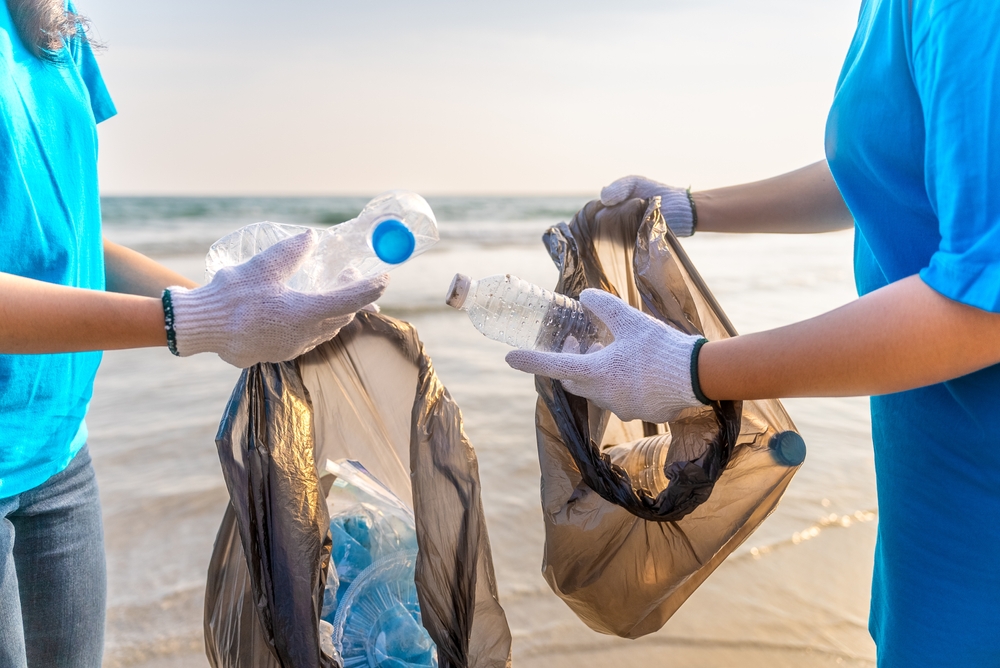
Plastic pollution is everywhere, even in places you wouldn’t expect, and it’s a growing environmental threat. From oceans to mountaintops, plastic waste persists, taking centuries to decompose. This not only harms wildlife but also enters the food chain, posing risks to human health. The scale of plastic pollution is a testament to the need for global action.
Reducing plastic use and supporting clean-up efforts can make a tangible difference. Advocating for better waste management and recycling policies is essential. By recognizing the pervasiveness of plastic pollution, you can contribute to solutions that protect ecosystems and human health. Every small action counts in combating this widespread issue.
13. Cities Are Now Urban Heat Dangers

Urban heat islands are areas in cities that experience significantly higher temperatures than their rural surroundings. This is due to human activities, dense infrastructure, and reduced vegetation, which trap heat. While you might not notice the incremental rise in temperatures immediately, it can lead to health problems and increased energy consumption in urban areas. As cities grow, the urban heat island effect becomes more pronounced, affecting millions of people.
Addressing urban heat islands involves increasing green spaces and implementing reflective surfaces. Supporting urban planning that prioritizes sustainability can help mitigate these effects. Understanding the impact of urban heat islands on health and energy use is crucial for future urban development. By advocating for greener cities, you contribute to creating healthier and more resilient communities.
